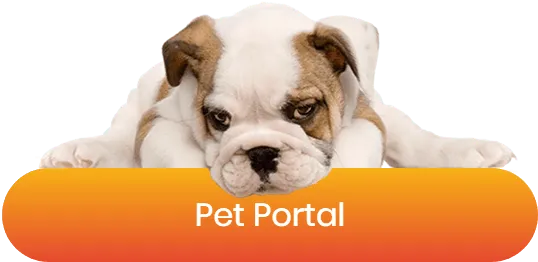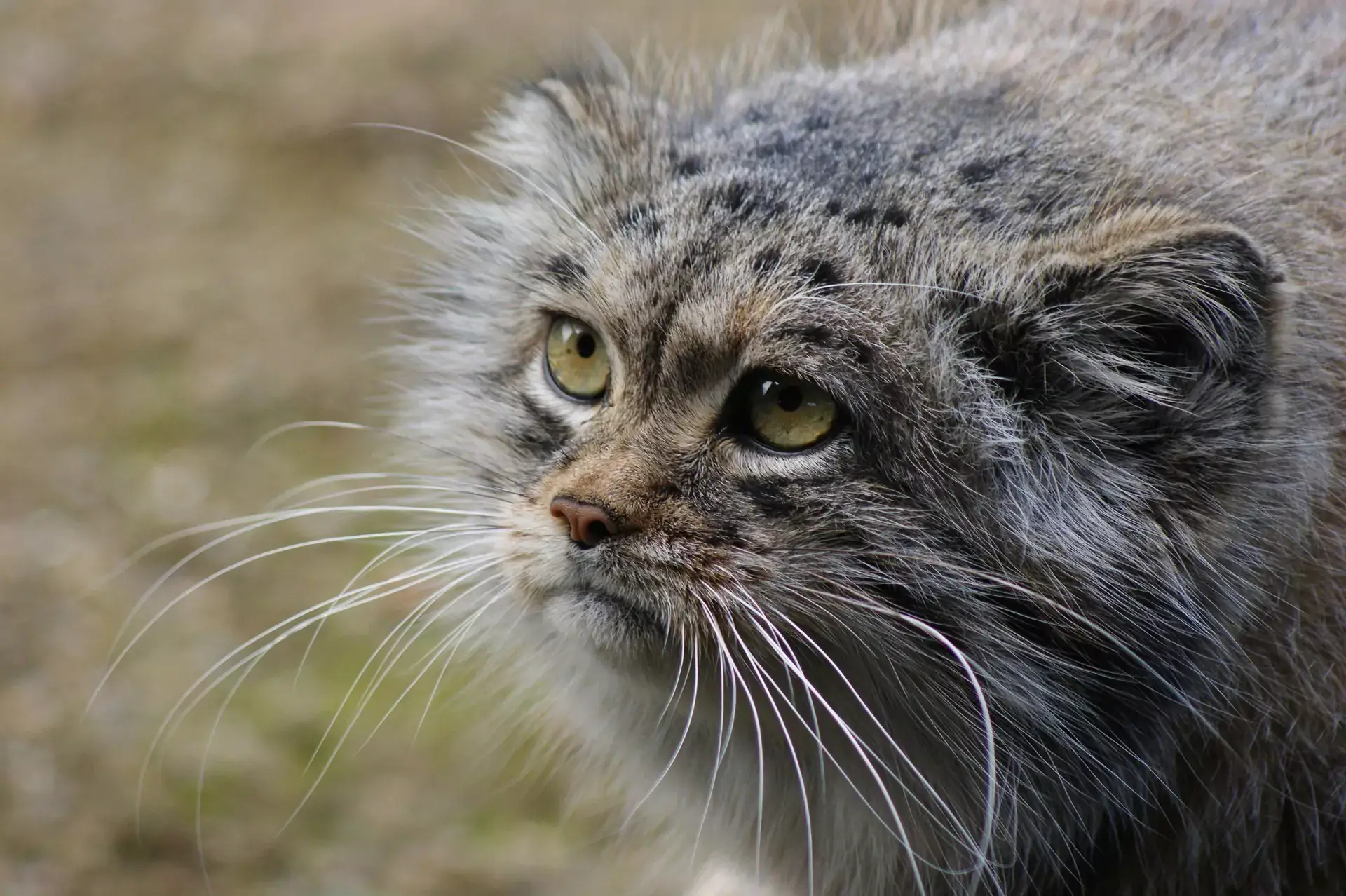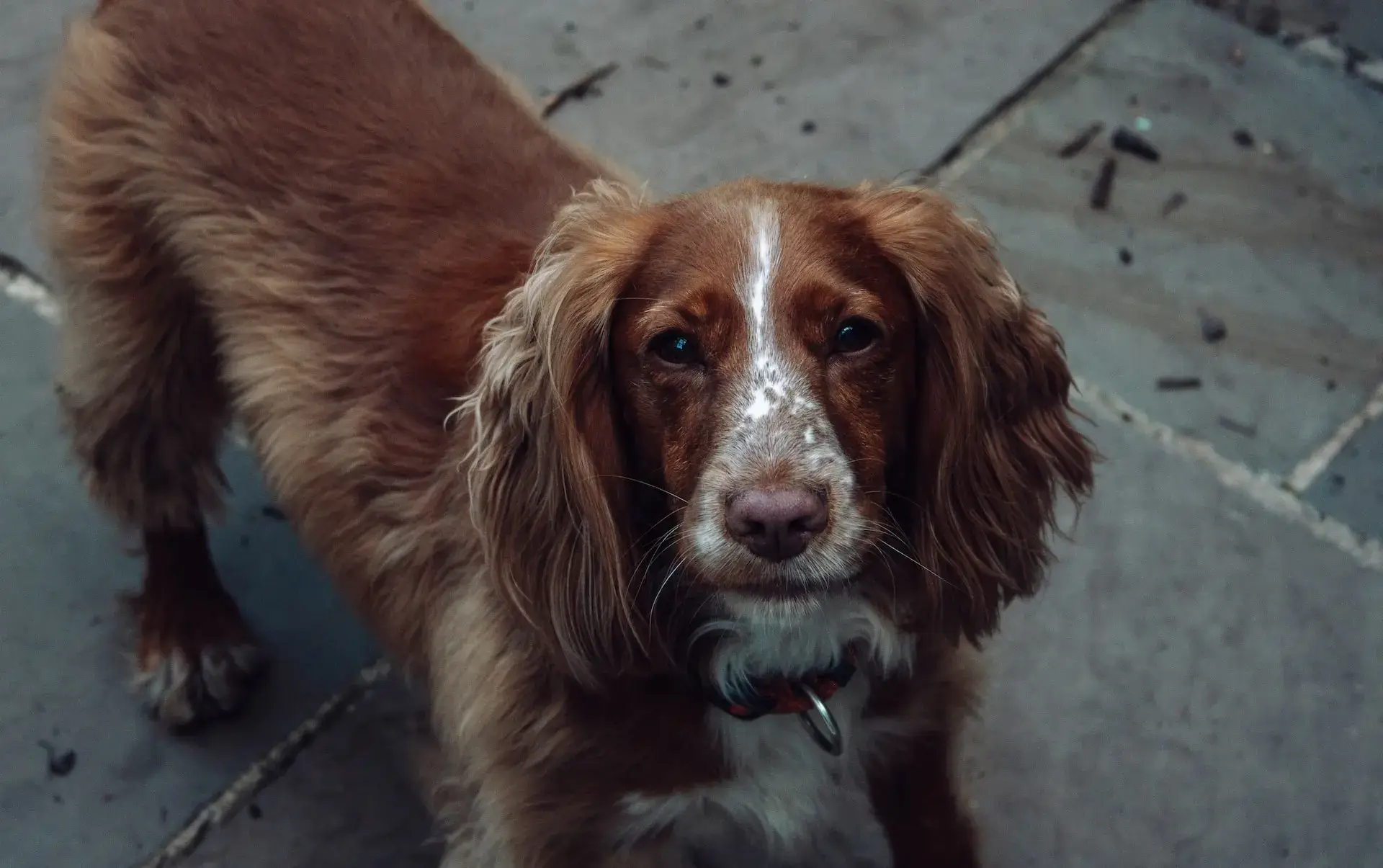Common Holiday Hazards for Cats and Dogs
Your holiday celebrations are only a few short weeks away! In between all the hustle and bustle of the season, take some time to consider your pet’s safety. The holidays present several hazards for our dogs and cats! Below, your Fort Myers, FL vet tells you more.
Ornaments and Decorations
Pets often see shiny holiday decorations—ornaments, tinsel, candles—as fun playthings. They can, of course, cause harm if a pet were to play with them. Tinsel can wrap itself around a pet’s intestines if swallowed, causing serious problems, and ornaments could break into sharp pieces with the potential to cut your pet’s mouth. Keep a close eye on your companion to make sure they don’t go after holiday decorations.
Toxic Foods
All sorts of foods on your holiday dinner table shouldn’t be ingested by your dog or cat! The list includes onions, garlic, shallots, scallions, chocolate, candy, grapes and raisins, and salty snacks, among others. Don’t let your holiday festivities get ruined by a pet emergency. Keep your pet far away from the dinner table, and store harmful foods inside closed cabinets or containers where pets can’t reach.
Alcohol
Alcohol is a big no-no for pets. It actually affects cats and dogs the same way it affects us—the difference is, it only takes small amounts to result in alcohol poisoning. This goes for liquor, wine, beer, and champagne, as well as foods cooked with alcohol. Don’t let your pet imbibe in any alcoholic beverages, and never give your pet alcohol of any kind on purpose.
Holiday Plants
There are several holiday plants that can harm a pet. The danger of poinsettias is somewhat exaggerated, although they can cause mouth or stomach irritation if enough is swallowed. Holly and mistletoe are actually more dangerous, as both contain toxins that can cause serious symptoms in animals. Lilies, common this time of year in bouquets and floral arrangements, are also very dangerous for cats. Keep pets far away from all harmful plants and flowers!
Stress and Anxiety
Oftentimes, the hustle and bustle of the holidays can put stress on pets, especially if guests are coming to your home this season. Set up a “safe zone” of sorts for your pet, complete with a bed and a few favorite toys, in a quiet area of the home.
Want more holiday safety tips for your pet? Call your Fort Myers, FL animal hospital!





